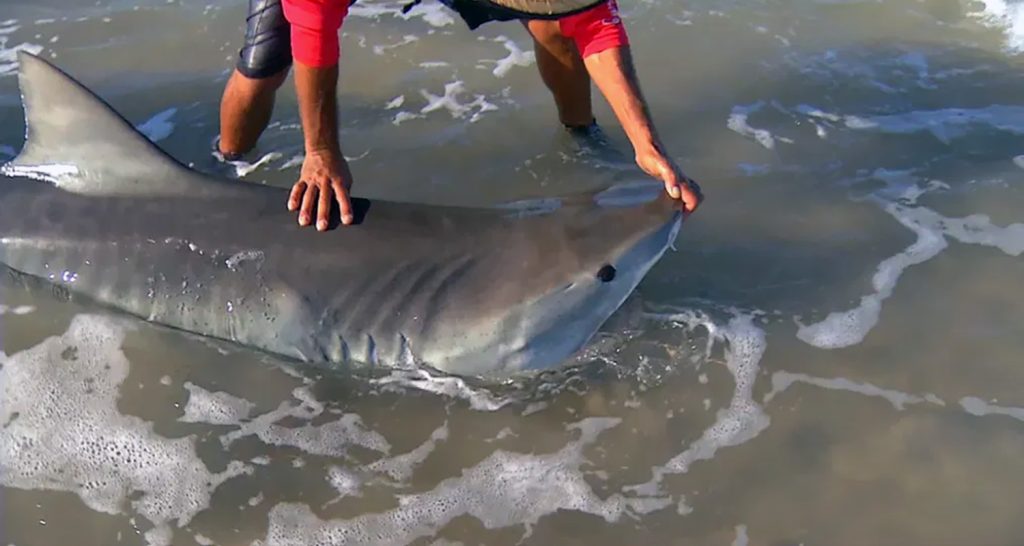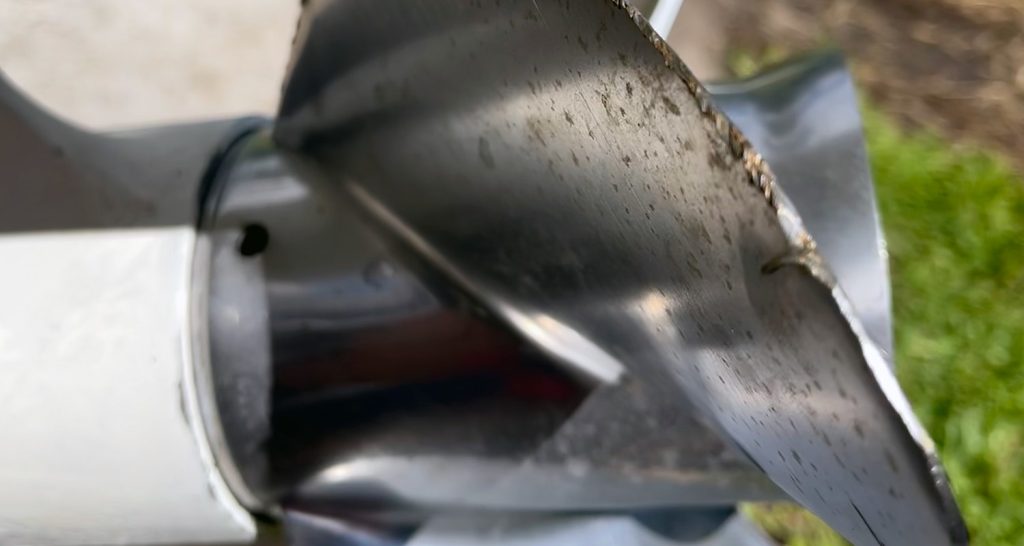Whether you're a novice angler or an experienced fisherman looking to try your hand at surf shark fishing, this comprehensive guide will provide you with the essential information you need to get started. From tackle and gear recommendations to bait selection, common shark species, best locations, mistakes to avoid, and safety considerations, we've got you covered.
So grab your fishing gear and get ready for an exciting adventure along the Texas coast!
Table of Contents
- Tackle and Gear
- Bait Selection
- Common Shark Species in Texas
- Best Locations in Texas
- Mistakes to Avoid
- Safety Considerations
1. Tackle and Gear
When targeting sharks from the surf, it's important to have the right tackle and gear:
- rod and reel combo: Look for a sturdy saltwater spinning or casting rod with a high line capacity reel.
- Line: Use a heavy-duty braided line with a minimum of 50-pound test to handle the strength of sharks.
- Leader: Attach a strong wire leader of about 6-8 feet to prevent the shark's sharp teeth from cutting the line.
- Hooks: Choose circle hooks in sizes 8/0 to 12/0, as they are effective in hooking sharks in the corner of the mouth.
- Sinker: Use pyramid or bank sinkers to hold your bait in place against the surf's current.
- Other gear: Don't forget essentials like pliers, a landing net, a cooler with ice for catch storage, and appropriate clothing and footwear.
2. Bait Selection
Choosing the right bait is crucial for attracting sharks:
- Whole fish: Fresh or frozen baitfish such as mullet, menhaden, or mackerel work well for shark fishing.
- Cut bait: You can also use cut chunks of fish or squid to entice sharks.
- Smell enhancers: Adding scent attractants like fish oil, blood, or chum can further increase the effectiveness of your bait.
3. Common Shark Species in Texas
When shark fishing in Texas, you may encounter the following species:
- Blacktip Shark
- Bull Shark
- Spinner Shark
- Atlantic Sharpnose Shark
- Lemon Shark
- Tiger Shark
It's important to be able to identify these species and be aware of any specific regulations regarding their harvest and size limits.
4. Best Locations in Texas
Here are some popular beach locations along the Texas coast for surf shark fishing:
- South Packery Channel Jetty Beach in Corpus Christi
- Galveston Island State Park Beach
- Bolivar Peninsula – Crystal Beach
- Surfside Beach
- Padre Balli Park Beach in Corpus Christi
- Matagorda Beach
- San Jose Island
- North Packery Channel Jetty Beach in Corpus Christi
- Port Aransas Beach
- Rockport Beach
These beaches are known for providing good opportunities for surf shark fishing, but always check local regulations and access restrictions before planning your trip.
5. Mistakes to Avoid
Here are some common mistakes to avoid when shark fishing:
- Insufficient gear: Using tackle that is too light or not suited for sharks can result in lost fish and broken equipment.
- Poor bait presentation: Ensure that your bait is securely hooked and presented in a natural manner to attract sharks.
- Lack of patience: Shark fishing requires patience as it may take time to attract and hook a shark. Avoid constant reeling or repositioning that may scare away potential catches.
- Improper handling: Handle caught sharks with extreme care, using gloves and avoiding their teeth and tail to prevent injury.
- Disregarding regulations: Familiarize yourself with Texas fishing regulations and adhere to size and bag limits, as well as any specific restrictions for shark fishing.
6. Safety Considerations
Ensure a safe and responsible shark fishing experience:
- Know local regulations: Familiarize yourself with Texas fishing regulations and any specific rules regarding shark fishing.
- Stay informed about weather and tides: Check weather forecasts and tidal conditions before heading out and be cautious of strong currents or storms.
- Use caution when handling sharks: Always handle sharks with care, keeping a safe distance from their jaws and sharp fins.
- Respect the environment: Dispose of trash properly, avoid leaving lines or hooks behind, and minimize your impact on the ecosystem.
- Practice catch and release: Unless you plan to keep a shark for consumption, release them carefully and quickly to minimize stress and injury.
Conclusion
Now that you have armed yourself with the knowledge and tips provided in this beginner's guide, you are well-prepared to embark on your shark fishing journey from the surf in Texas. Remember to always prioritize safety, adhere to fishing regulations, and respect the environment. With the right tackle, bait, and techniques, coupled with patience and persistence, you can have thrilling experiences catching sharks and creating unforgettable memories along the Texas coast.
Good luck and fish on!





